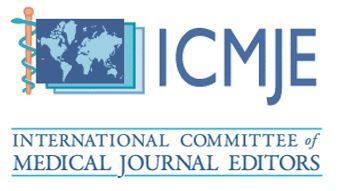Occupational Performance of the Primary Schoolchildren with Special Education Needs in Malaysia: Exploring the Needs of School-based Therapy Service
DOI:
https://doi.org/10.51200/bjms.v15i2.2412Keywords:
occupational performance, children, special education, occupational therapy, rehabilitationAbstract
Children’s occupational performance are activities of daily living, play/ leisure, social participation, education, and work. In developed countries, school-based therapy services are being provided for schoolchildren with special needs. The importance of these services in Malaysia is timely to be explored. This exploratory cross-sectional study identified occupational performance levels of primary schoolchildren with special needs in integrated special education programmes in Malaysia; children with intellectual disability, autism, attention deficit hyperactive disorder, Down syndrome, speech impairment, visual impairment, hearing impairment, and specific learning disorder. Researchers conducted Motor-Free Visual Perceptual Test Third Edition (MVPT-3), Beery-Buktenica Developmental Test of Visual-Motor Integration Fifth Edition (Beery-VMI), Test of Gross Motor Development – 2 (TGMD-2), Test of Hand Writing Skills-Revised (THS-R), and School Function Assessment (SFA) for 121 students. Results showed that 69.5% of the students scored very low to low average in MVPT-3 (median standard score = 70.0, Std. IQR = 37); 69.4% were very low to below average in Beery-VMI (mean standard score = 78.8, Std. deviation = 20.5); 73% were below age level raw score in TGMD-2; 72.8% were below average in THS-R (median standard score = 74.0, Std. IQR = 27.0); and 81% were below the criterion cut-off in school function. The children with below-normal MVPT, VMI, TGMD2, and THS scores, compared to the children with normal scores for these tests had significantly lower scores (p < 0.001). All the students had impairment in occupation performance at least in one area. This study recommends school-based occupational therapy and other rehabilitation services in the school system in Malaysia.
Downloads
Published
How to Cite
Issue
Section
License
All articles are published under the Creative Commons Attribution-NonCommercial (CC BY-NC 4.0) license, enabling users to read, download, copy, distribute, and adapt the material for non-commercial purposes, provided proper credit is given to the original authors and the source. This model supports transparency, accessibility, and the global exchange of medical knowledge.








1.png)


